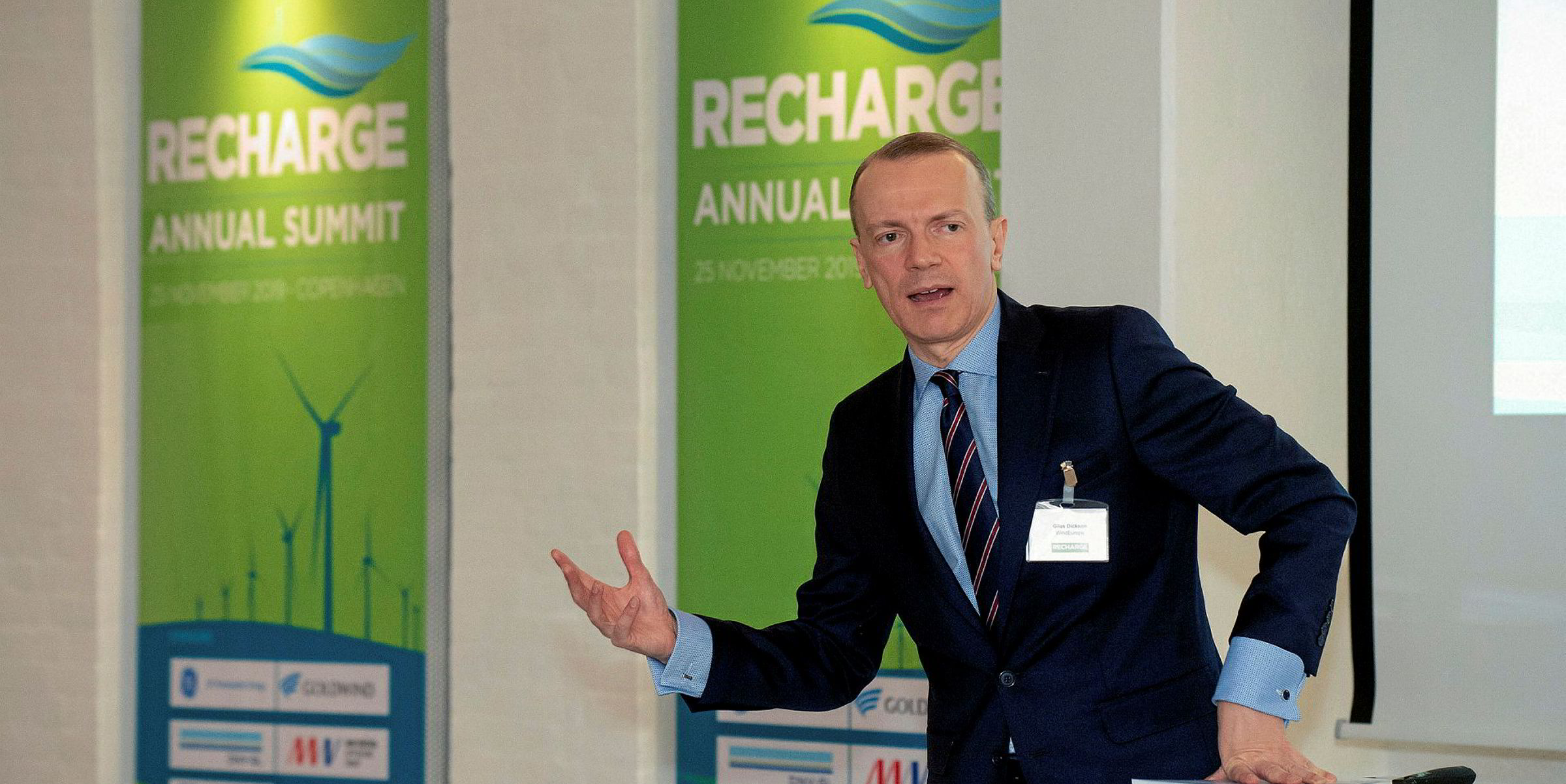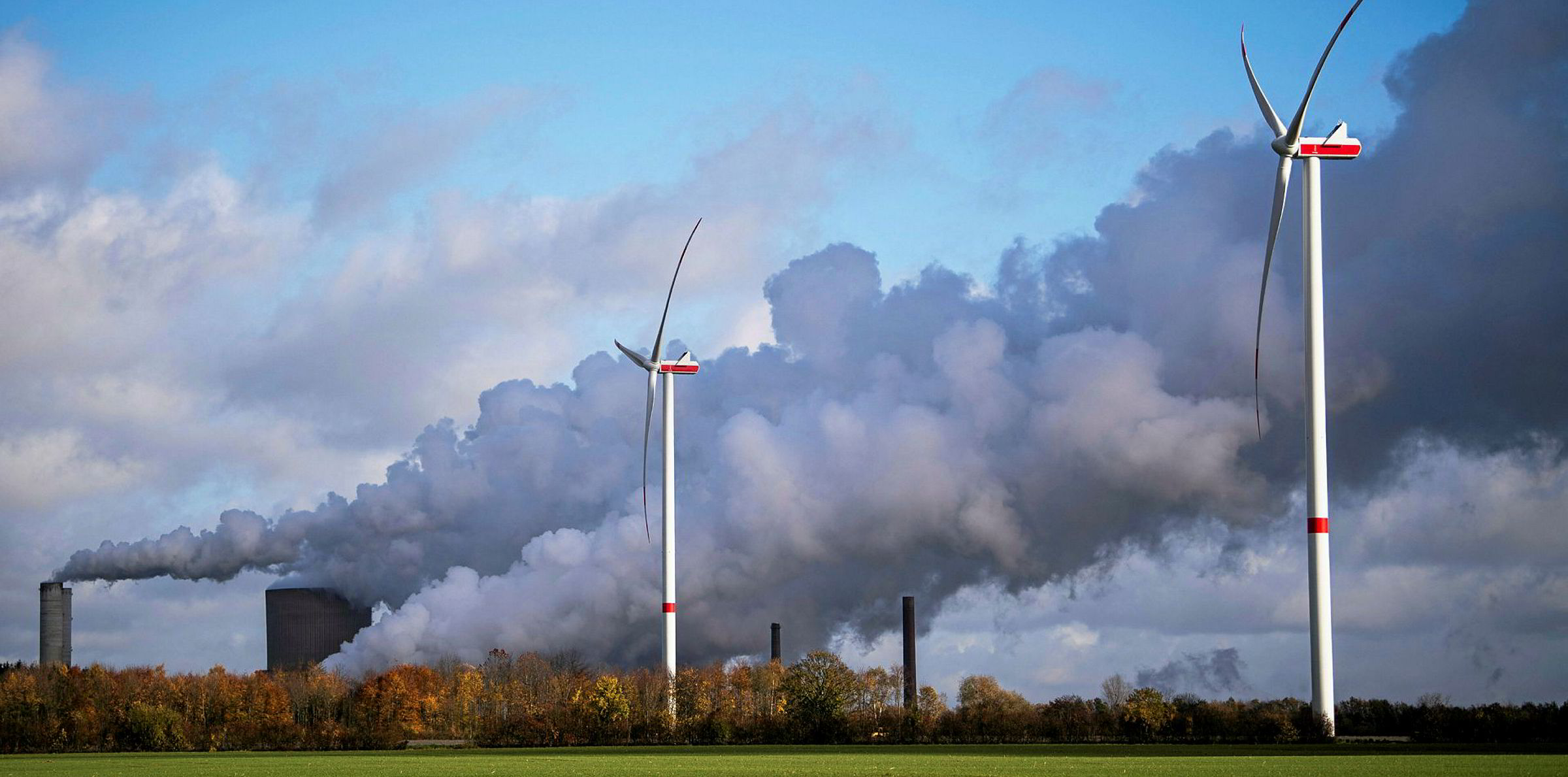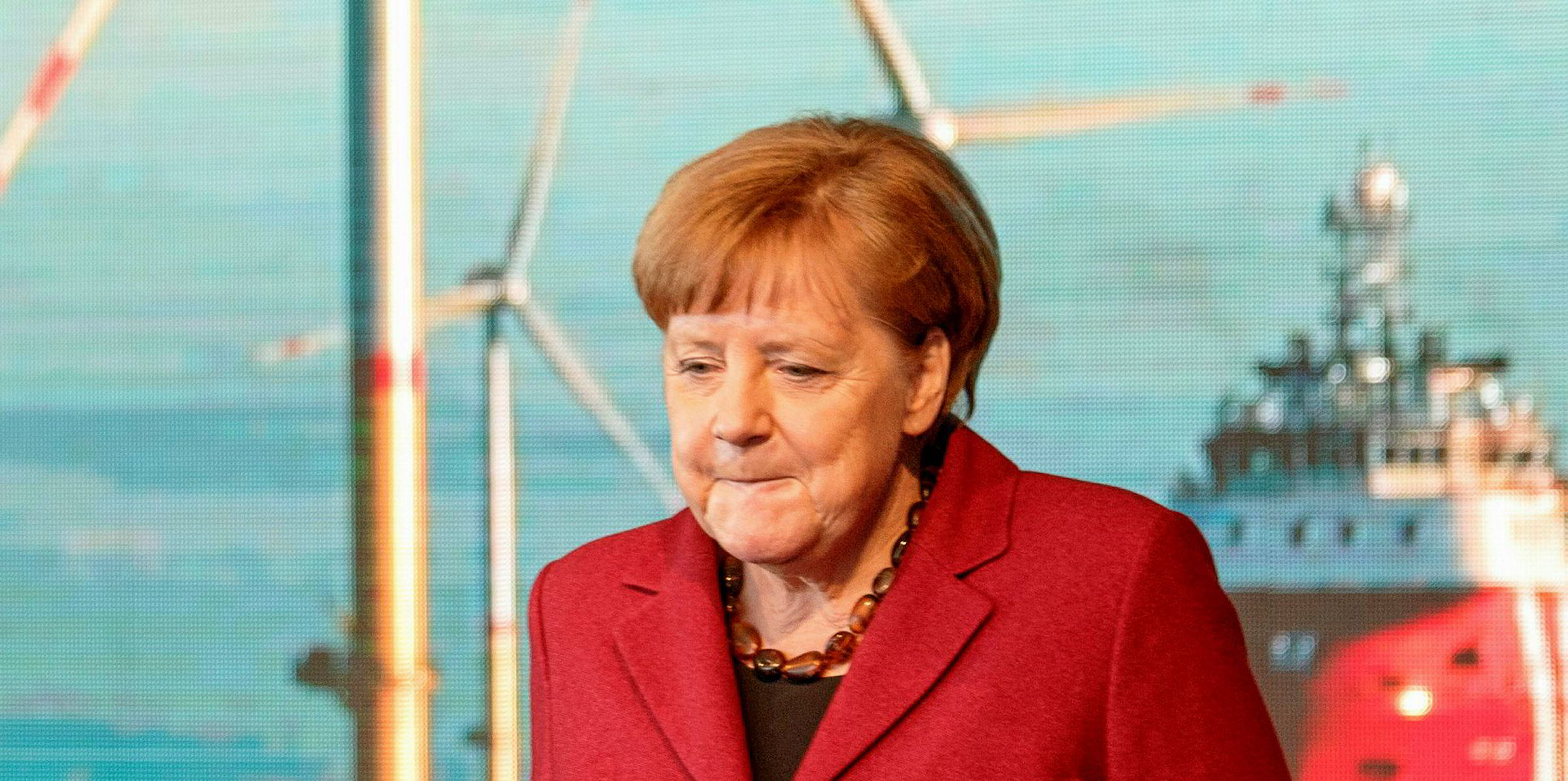The impact of the global Covid-19 pandemic is likely to reduce liquidity in debt and equity markets in the short-term, WindEurope said, as the industry group reports a decline in new wind farm investments last year.
“We have yet to see the scale of Covid-19's impact on wind energy investments. But our message to investors and policymakers is clear: Renewable energies and the European Green Deal are the motor for Europe’s recovery. They create growth. They secure jobs. They’re key to our technological leadership towards a climate neutral economy,” WindEurope chief executive Giles Dickson said when presenting the group’s annual “Financing and Investment Trends” report.
While a first analysis suggests that Covid-19 will have moderate effects on international supply chains for wind energy, a knock-on effect of a slowdown in China’s manufacturing output is already visible in other countries, WindEurope said.
The pandemic is likely to trigger delays in the development of new wind farm projects which could lead to developers missing the deployment deadlines in countries’ auction systems.
Last year, Europe saw €19bn ($20.5bn) of new wind farm spending confirmed, according to the report.
A further €33bn were invested in the refinancing of wind farms, the acquisitions of wind farm projects and other transactions.
Onshore wind accounted for the bulk of new wind farm investments, or €13.1bn, which should lead to 10.3GW in new projects.
“Governments and investors continue to have strong appetite for onshore wind. Because in most of Europe it is the cheapest form of new power generation capacity,” Dickson said.
“The latest auctions in Poland, Denmark, Greece, France, Italy and Lithuania all testify to the strong support for onshore wind and competitive prices. We expect onshore wind to be 80% of all wind capacity additions over the next five years.”
Offshore wind new asset financing fell by more than 40% from the year earlier to €6bn, which should lead to 1.4GW in new projects at sea.
Spain with €2.8bn spent financed the most wind energy projects in 2019 both in terms of capacity financed and amount invested. The next highest investors in onshore wind among EU member states were Sweden and Poland.
“Investors understand that wind energy is a good bet to deliver on the European Green Deal. Wind is 15% of Europe’s electricity today. The EU Commission expects it to be 50% by 2050,” Dickson said.
“And 2019 could have been a record year for wind investments in Europe, had it not been for a sharp fall in new investments in Germany. The problem in Germany is permitting: the rules are too complex and it’s unclear where they’re heading - the Government must clarify things to get investors back.”
The report shows an increasing interest of businesses to source renewable energy via power purchase agreements (PPAs). Corporates last year signed PPAs for more than 2.5GW capacity, with wind contributing around 1.7GW.
Looking into the future, the EU’s Sustainable Europe Investment Plan, the investment pillar of the European Green Deal, aims to mobilise at least €1tn in additional private and public capital for renewable energy projects in the next decade. However, the short-term perspective is overshadowed by the effects of Covid-19, WindEurope said.




